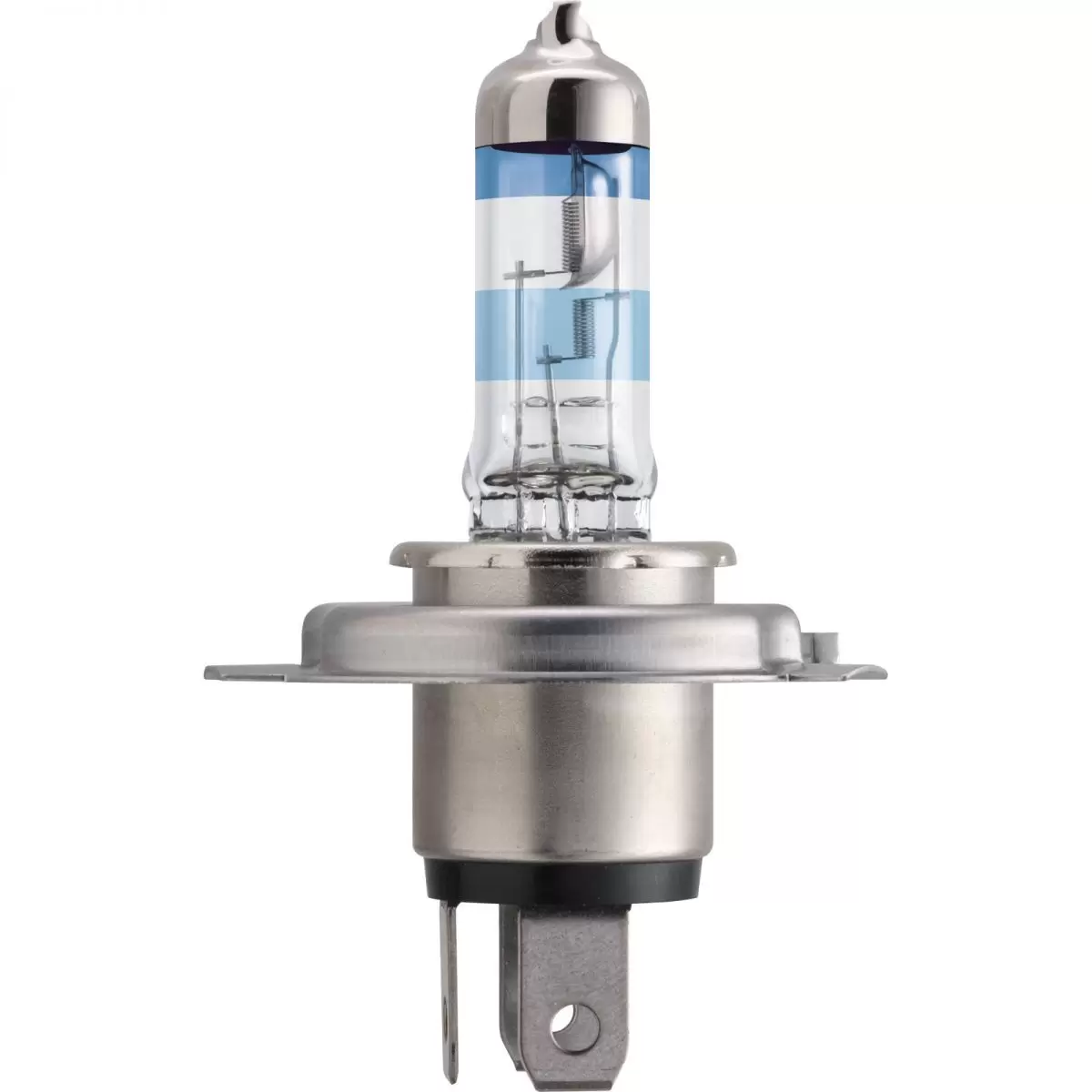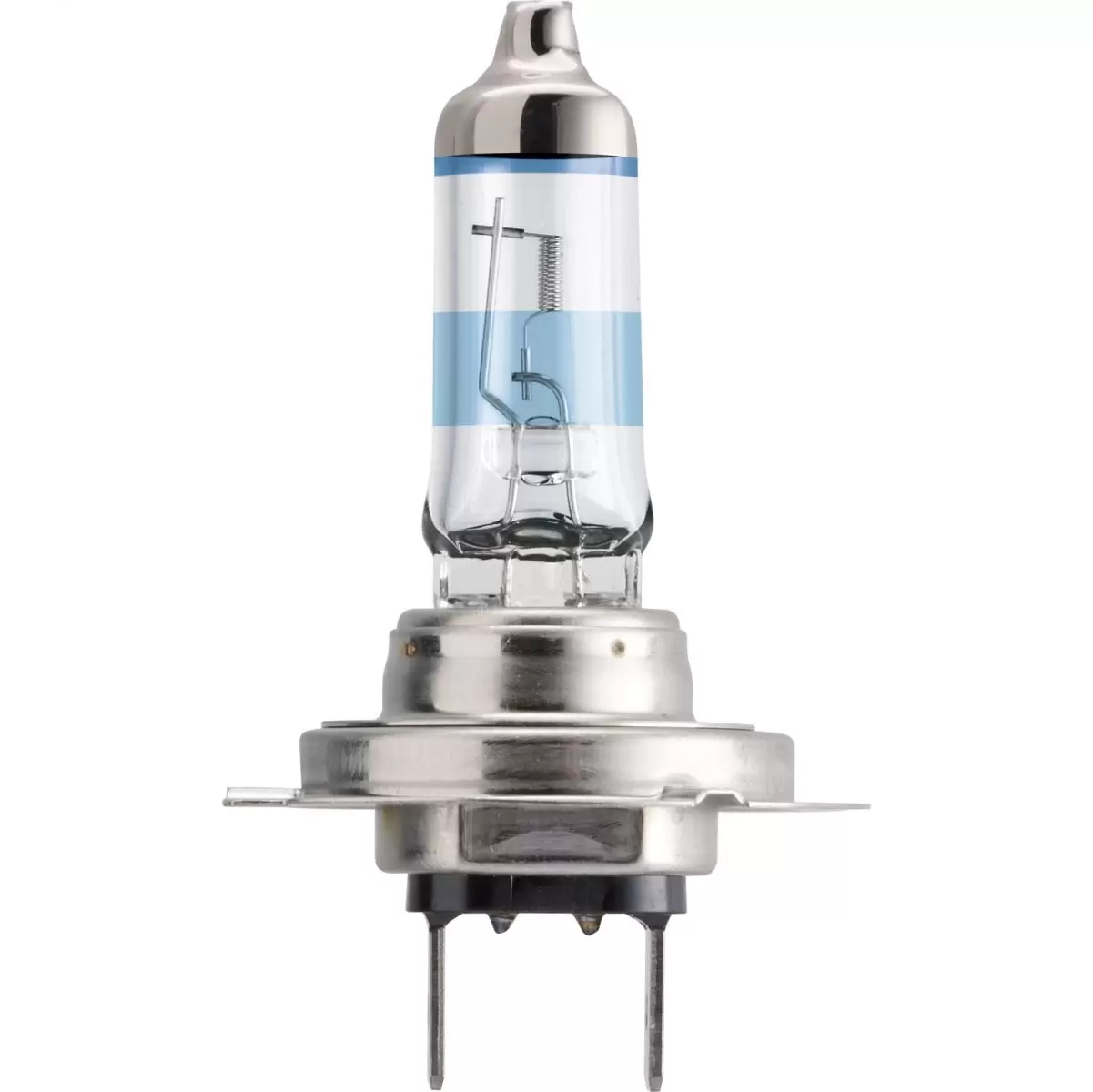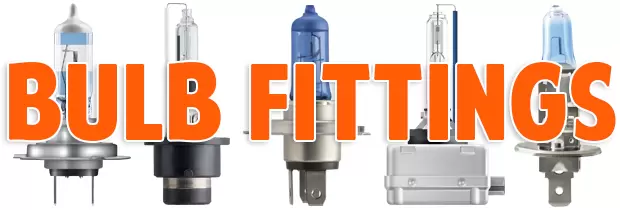The classification of bulbs
There are several different classifications for car bulbs. The United Nations (UN) has set international standards for classifying car bulbs. This helps to ensure that bulb types are standard across different countries.
UN Regulation 37 also provides guidelines on how each bulb type can be used. Bulbs are grouped into three categories. Group 1 can be used for anything, including headlights, tail lights, and more. Group 2 can be used for signalling lights, but not for bulbs that illuminate the road. Finally, Group 3 are lights that are no longer used on new vehicles but can be manufactured as replacements for older vehicles.
All of the bulbs discussed in this post - H1, H3, H4, H7, H11, HB3, and HB4 - are in Group 1. These bulbs are primarily used as headlights due to this classification. Even though these bulbs are in the same category, they're not interchangeable. Whilst an H1 and a H7 bulb may look the same in terms of light output, an H7 bulb won't fit into a socket for an H1 bulb.
 This means that you must stick to the bulb fitting that your vehicle uses. If you're not sure which fitting you need, you can check your owner's manual or use the bulb finder on this page.
This means that you must stick to the bulb fitting that your vehicle uses. If you're not sure which fitting you need, you can check your owner's manual or use the bulb finder on this page.
Types of car headlight bulbs compared
Despite their similarities, each of these bulb types is slightly different. They differ in number of filaments, nominal power, and base type.
Filaments
Some bulbs have only one filament, but others have two. Also known as dual filament bulbs, these are used to power both the main and dipped beam of your headlights. One filament is dedicated to each purpose. This can be easier for drivers, as you only have one headlight bulb. Cars that use single filament need one bulb for the main and another for the dipped.
H1, H3, H7, H11, HB3, and HB4 bulbs are single filament. H4 are dual filament.
Nominal power
For the most part, these fittings all produce the same amount of light, but the number of volts they require and watts they produce (also called nominal power) is different for each bulb. To make things more complicated, most of these bulbs are available with different nominal power ratings.
Because each bulb requires and outputs a slightly different amount of power, it's dangerous to switch one bulb fitting out for another, for example, switching an H1 for an H7. Think of it like plugging an American appliance into a European power outlet - this can cause the appliance to overheat or become damaged. The same could happen with car bulbs. Luckily, each bulb fitting has a unique base that makes them difficult to confuse with each other.
It's worth noting here that problems will mostly occur when switching between fittings. If you want to upgrade your bulbs, you shouldn't have any problems with any wattage or voltage change, unless you're installing an aftermarket kit. Upgrade bulbs from a reputable source such as PowerBulbs are perfectly safe to install and use.
Base
The base, or cap, is the bottom part of the bulb that connects to the socket. These different bases are another part of what makes it impossible to simply switch between fittings. For the most part, consumers don't need to worry about the base of their bulb except to ensure it fits your vehicle.
Once you've figured out which bulb fitting your car uses, you can shop our selection of H1, H3, H4, H7, H11, HB3, and HB4 fittings for the best headlight bulbs. Struggling to decide what type of bulb you want? Check out this blog post that breaks down the differences between styling, performance and longlife ranges.
Shop Halogen Headlight Bulbs here
Did you enjoy this article? Do you have any further information that we've missed? Please let us know via our Facebook page.
About the Author
 John Conboy is the founder of PowerBulbs.com, a UK based automotive lighting specialist, which ships bulbs worldwide. John has 20+ years experience in the industry and in that time has become an approved partner of Philips and OSRAM.
John Conboy is the founder of PowerBulbs.com, a UK based automotive lighting specialist, which ships bulbs worldwide. John has 20+ years experience in the industry and in that time has become an approved partner of Philips and OSRAM.



























 Close
Close